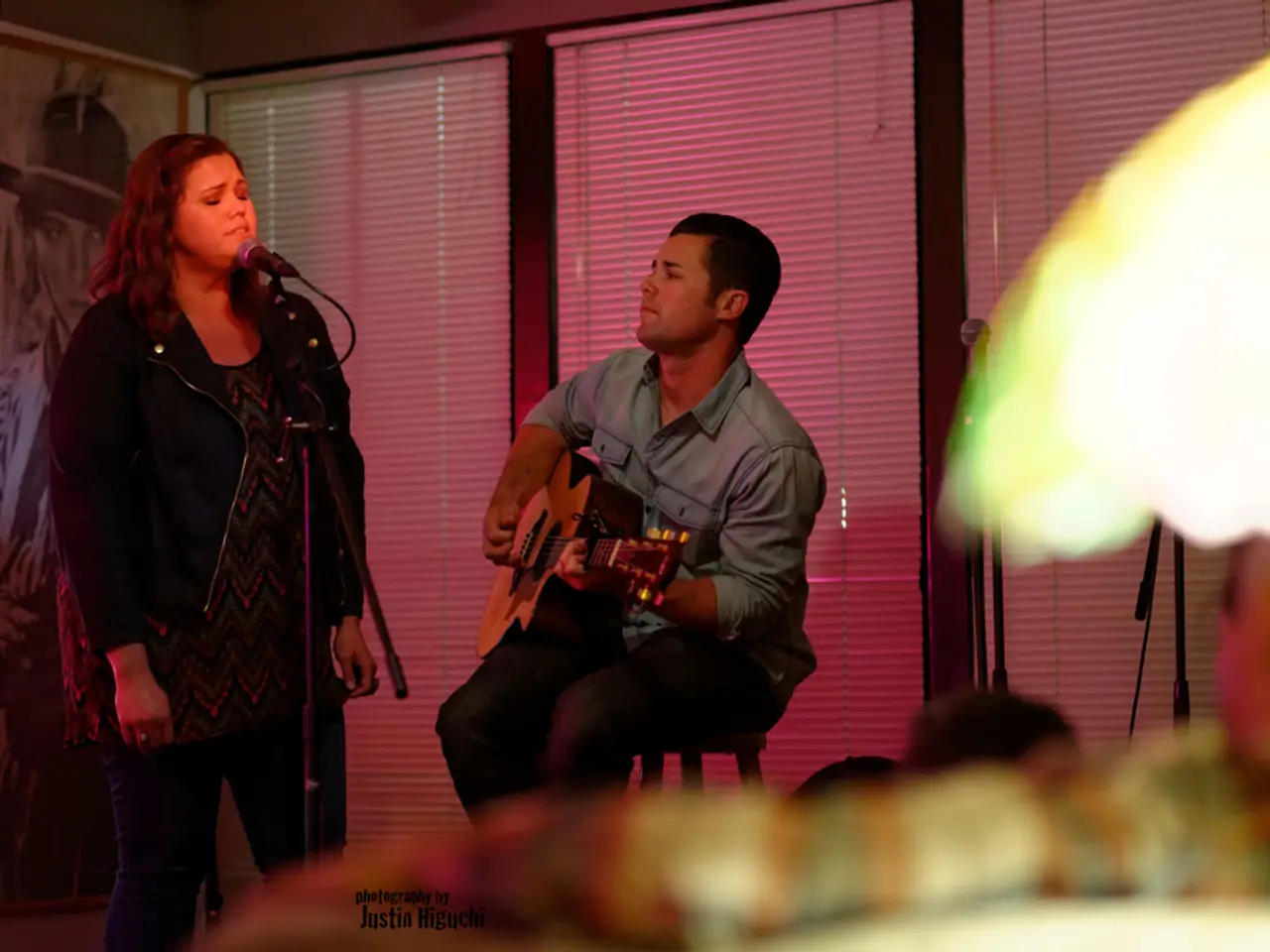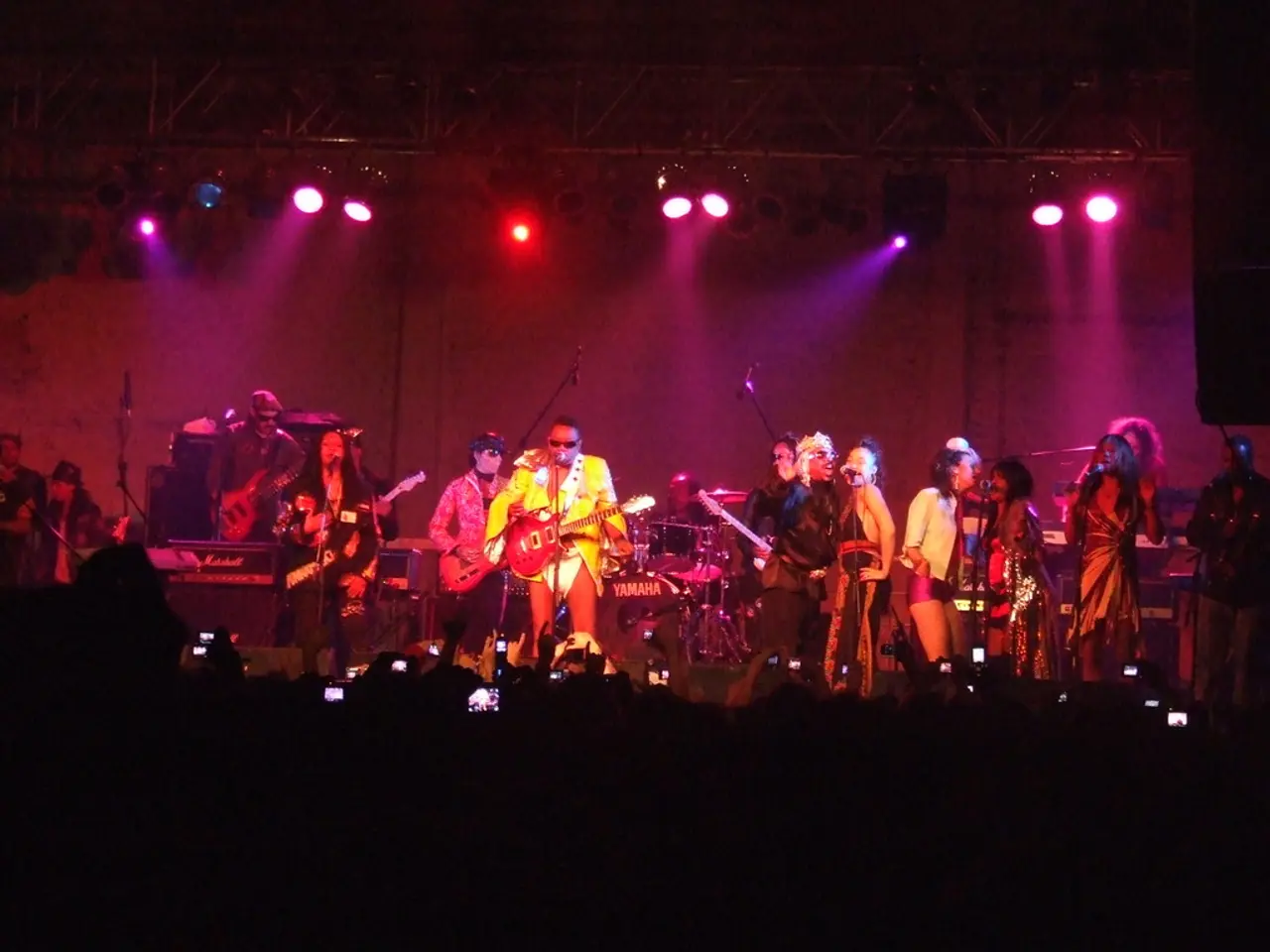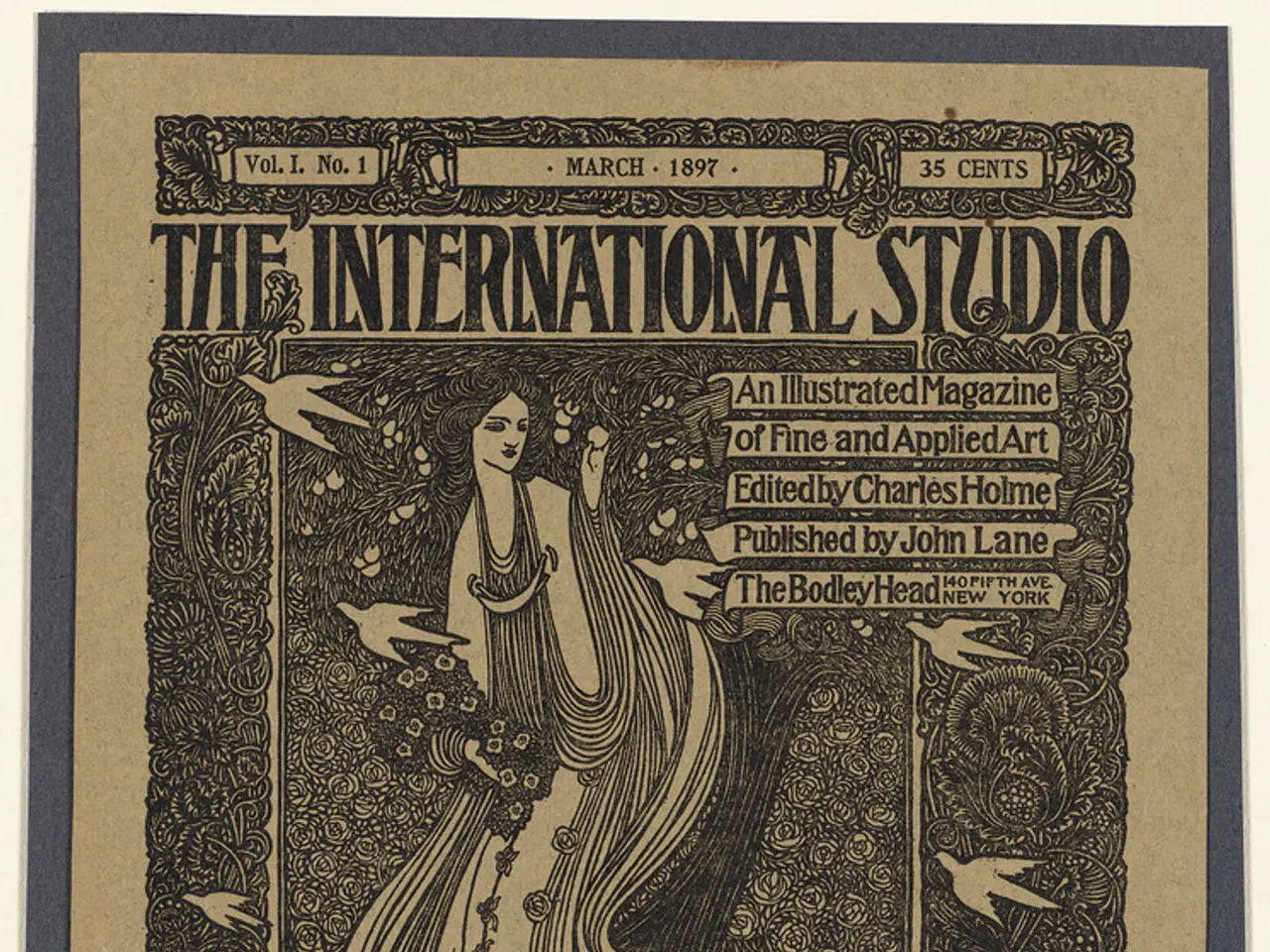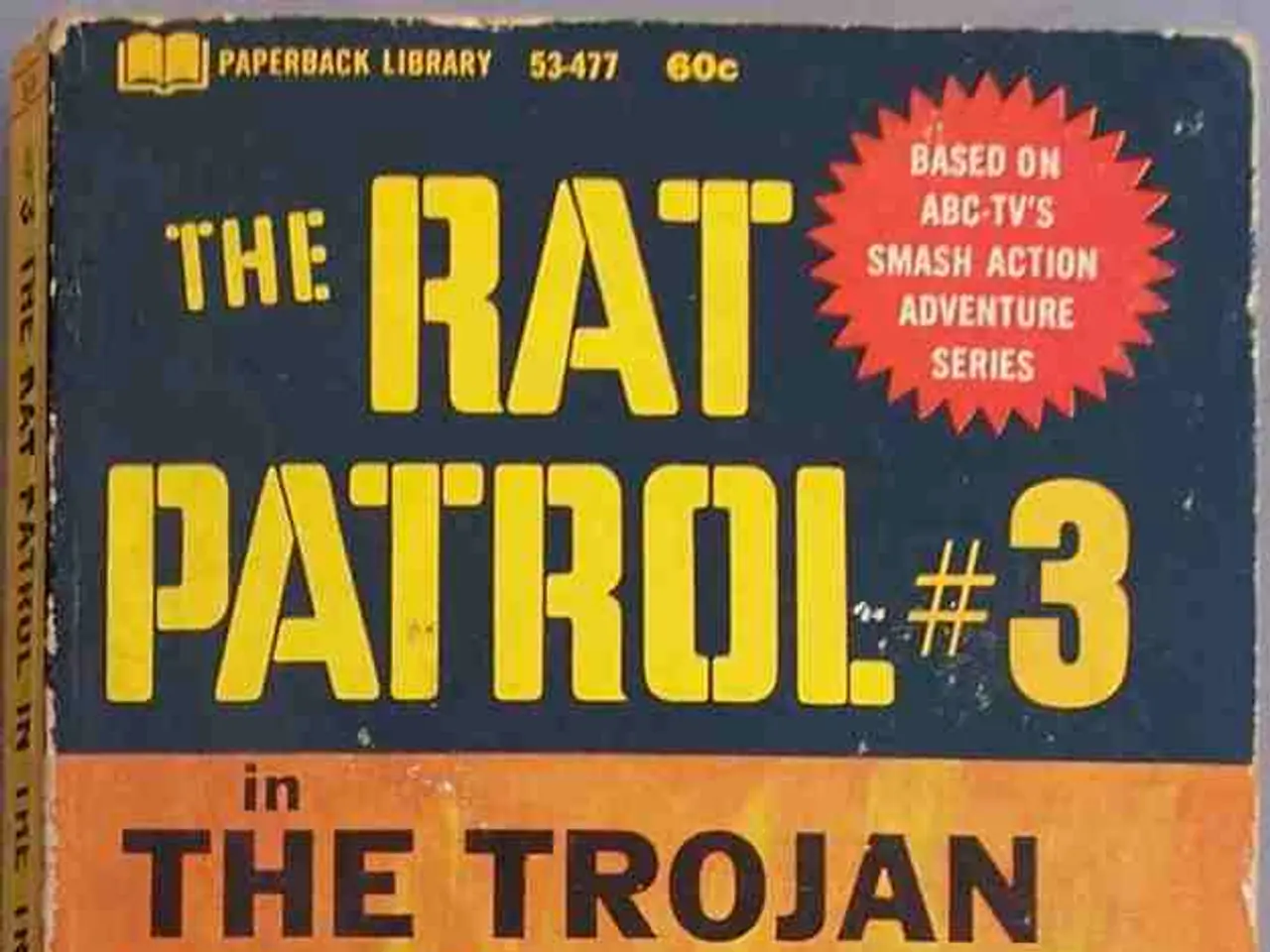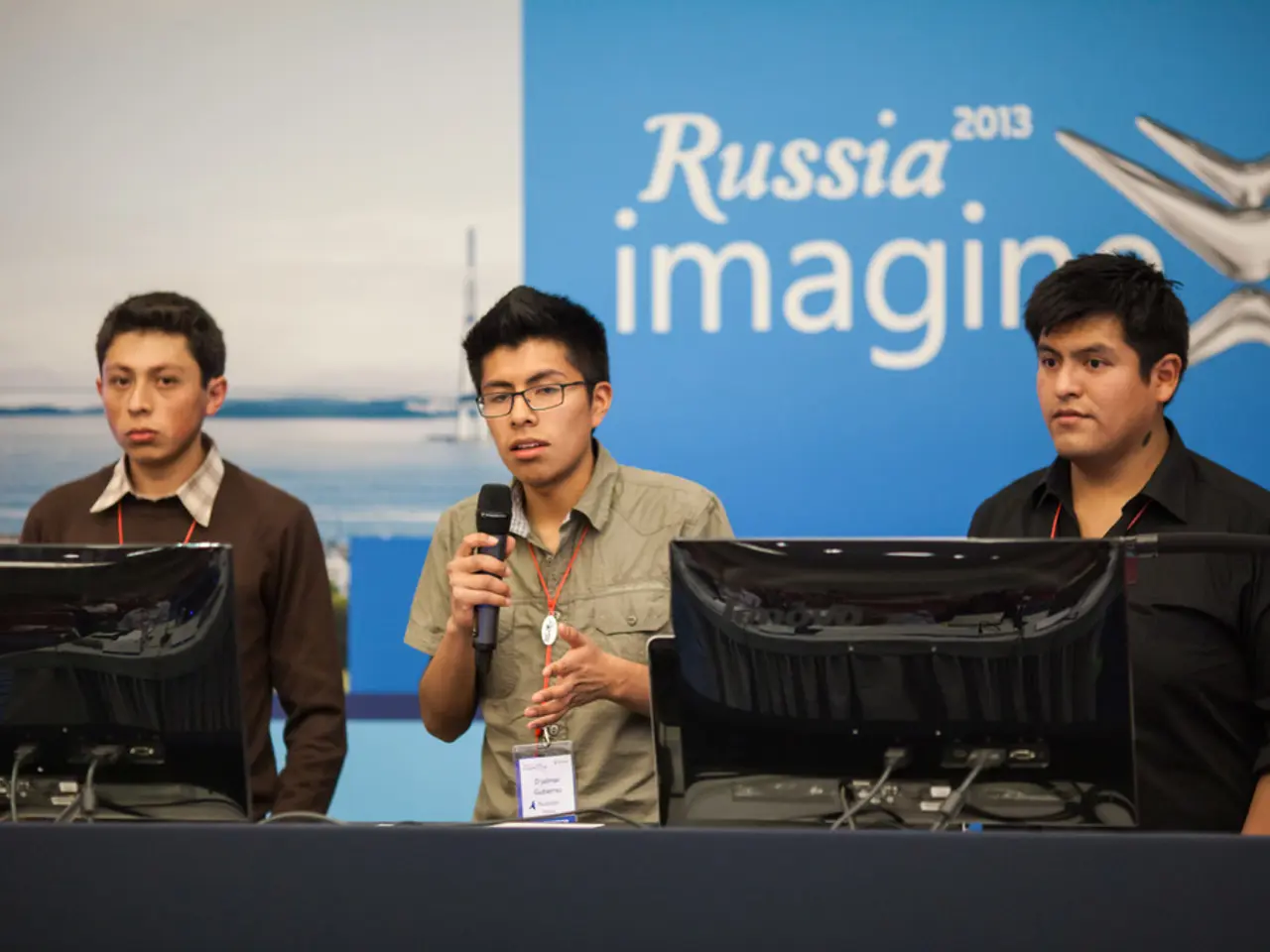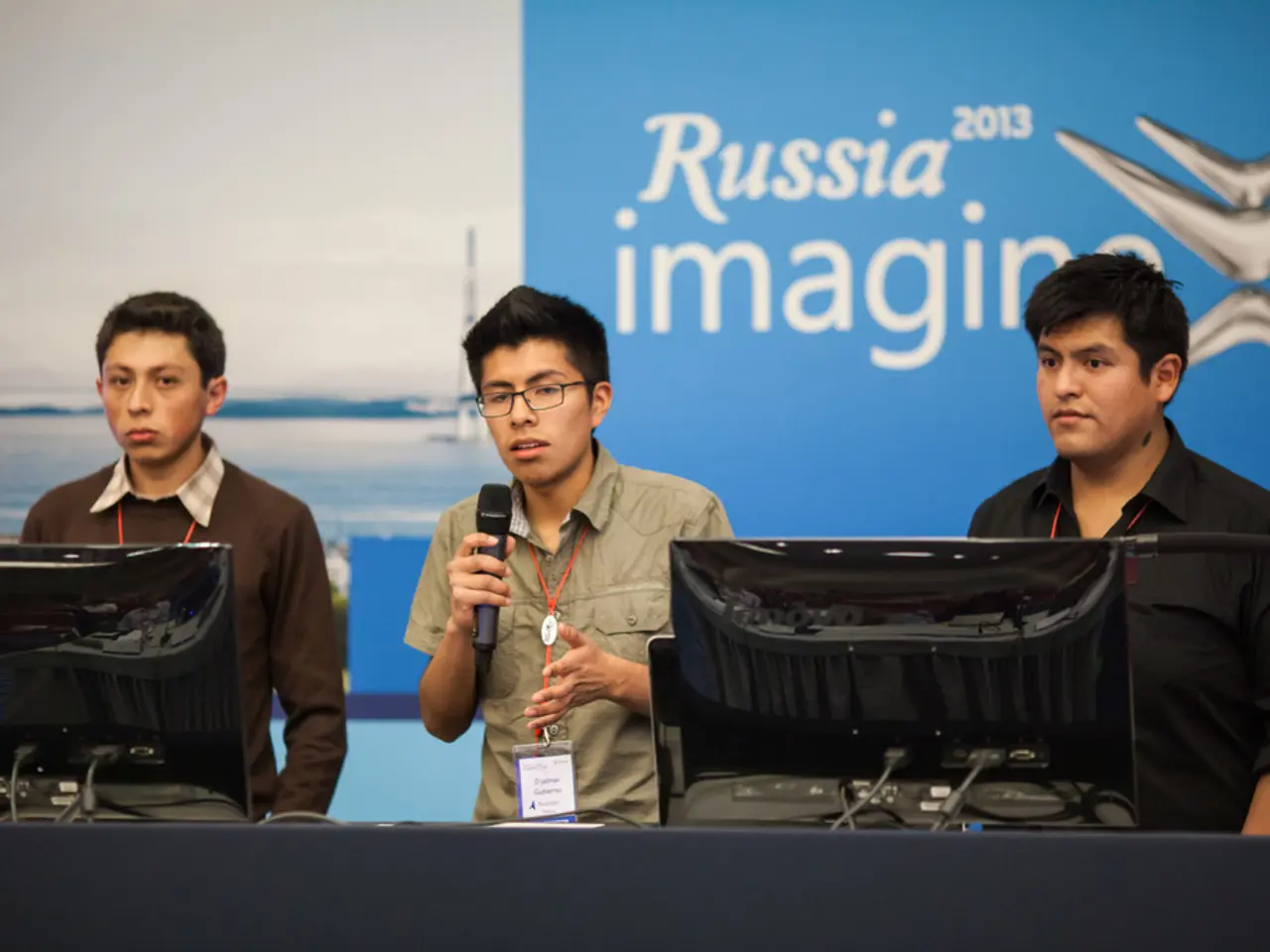Impact of Music on cinematic narratives
In the world of cinema, music has been a constant and essential element, evolving from silent film accompaniments to the sophisticated, multi-layered soundtracks of today. This evolution has been driven by technological advancements and the collaborative efforts of filmmakers, composers, and musicians.
The history of music in film begins with the silent era, where live musicians often performed during screenings, guided by cue sheets. The arrival of "talkies" in the late 1920s marked a significant turning point, as music could now be recorded and synchronised with moving images, giving rise to new genres such as the musical.
The Golden Age of Hollywood (1930s–1960s) saw the rise of legendary composers like Max Steiner, Alfred Newman, and Bernard Herrmann, who crafted emotionally resonant scores that shaped the tone and dramatic impact of countless classic films. Technological advances, including the ability to mix separately recorded tracks for music, dialogue, and effects, further refined the film soundtrack and expanded the possibilities for emotional and atmospheric storytelling.
Music in film plays a crucial role in manipulating emotions and guiding the audience's response. It can evoke a wide range of feelings, often more quickly and directly than visuals or dialogue alone. Iconic composers of the Golden Age understood how to use musical cues to enhance dramatic tension, foreshadow events, and heighten emotional impact, making music a central element in shaping a film's atmosphere.
Music also plays a significant role in narrative development. It can drive the narrative, reveal character psychology, and even foreshadow plot developments. In mainstream cinema, music often works subliminally, reinforcing the emotional arc of a story or emphasizing key moments. In independent and experimental cinema, sound and music can become primary narrative tools, sometimes taking precedence over dialogue or visuals.
The future of music in film holds great potential for embracing diverse musical traditions and creating soundtracks that resonate with audiences from all walks of life. Technological advancements, such as surround sound and immersive audio technologies, are revolutionising the cinematic soundscape, allowing for more complex and enveloping auditory experiences. As virtual and augmented reality grow, music's role may expand into new dimensions of interactivity and spatial storytelling.
In conclusion, from silent film accompaniments to the sophisticated, multi-layered soundtracks of today, music has evolved into a cornerstone of cinematic storytelling. Its emotional influence, ability to create atmosphere, and role in narrative development make it indispensable. As technology advances and filmmakers experiment with new forms of audio expression, the future of music in film promises even greater integration, innovation, and emotional impact.
The creative process of music in film has a long history, as it began with live musicians accompanying silent films based on cue sheets. In the modern era, technological advancements, such as synchronized recording and the ability to mix separate tracks for music, dialogue, and effects, have significantly refined the film soundtrack, opening up new possibilities for emotional and atmospheric storytelling. The Golden Age of Hollywood saw the rise of iconic composers like Max Steiner, Alfred Newman, and Bernard Herrmann, whose music guided audience emotions and shaped the atmosphere of classic films, thus playing a crucial role in entertainment.
